Facebook is far from dead.
It grew another 18% in the last year alone, pushing it further ahead of any other potential competitor.
And people are still devoting at least an hour each day to checking out what their family and friends are up to.
The problem, though, is that the volume of content being published to Facebook continues to explode.
That means that the network has gotten even more aggressive in policing the information, filtering out the irrelevant stuff so that users aren’t completely bombarded the moment they sign in.
But that also means your ability to reach your own fans is fading. Facebook itself has even admitted you might not be able to reach any of them one day!
Fortunately, there are still a few steps you can take to reclaim the fans that you worked so hard to attract.
I’m going to show you six steps to increase interactions with your fans to bring this reach back. You don’t have to let the noise stop you from marketing effectively.
But first, you need to understand why this is happening and how Facebook is calling the shots (before you can fight back).
Why your Facebook reach has declined over time
Some estimates say that over four billion Facebook posts go live each day.
Think about that for a minute.
Sure, there are lots of people on Facebook (over a billion).
However, a 4:1 ratio of posts to people means that there’s simply too much stuff.
The numbers weren’t this bad a decade ago when everyone rushed to join Facebook and build out an audience of fans.
Back then, you could post messages and reach the majority of people who already Liked your page.
After all, these were your fans (or so you thought). You worked incredibly hard to get them to Like your page and follow your content in the first place.
It’s only right that you should be able to reach them whenever you want, right?
Especially since they could always ‘opt out’ if they decided they weren’t interested anymore.
However, that’s not what happened next.
Fast forward just a few years to 2012, and already only 16% of your fans could see your posts.
Then check out that bottom line on the graph. That’s the line for large Facebook pages that had over 500,000 fans.
And it looks like their organic reach was already 3 times worse than smaller pages!
Then, just when you didn’t think things could get any worse, they did.
Last year, 2016 saw another massive drop in organic reach (as much as 52% in just a few months).
Now think through all of this for a second.
You’ve spent countless hours, time, and in many cases, money, to build up this audience in the first place…..
….just to target the same audience you built organically with paid ads to get their attention again.
And now you’re supposed to pay again to reach them? How is that fair?!
It’s not, of course.
But Facebook officially points back at that original number: four billion daily posts.
They’re trying to filter posts on their system so that you, as a user, only see the ‘good’ stuff that’s most interesting or relevant to you.
Instead of this:
So that’s good for users. It’s bad for brands, though, because it means that the vast majority of your posts are going completely unseen by the people who already told you they’re interested.
All of this isn’t even the worst part.
Do you want to hear something even crazier?
Facebook admitted that your organic reach might hit zero at some point!
And by the looks of this study, it’s coming, fast:
Can you imagine if all of that time, energy, and money is simply flushed down the tubes like that?
Former Gawker content head, James Del, can’t believe it, either. So he didn’t hold back when asked his opinion on the matter:
Facebook may be pulling off one of the most lucrative grifts of all time; first, they convinced brands they needed to purchase all their Fans and Likes — even though everyone knows you can’t buy love; then, Facebook continues to charge those same brands money to speak to the Fans they just bought.
That’s a fairly damning statement when you think about it.
He’s almost suggesting that Facebook’s been playing the long con on us all along.
I personally don’t know if I’d go that far.
I definitely don’t agree with this trend, but I’m also realistic enough to know that there’s not much we can do about it, either.
Instead, we just need to get better and figure out what still works.
Because there are a few awesome Facebook marketing strategies that still can drive engagement (and, in turn, drastically increase your organic reach).
But before I unveil those to you, there are a few things you need to understand about how this algorithm works (so that you can figure out how to defeat it).
How the Facebook algorithm works in 2017
Facebook’s algorithm is similar to Google’s own when you think about it. (And like Google’s algorithm, it used to be significantly less complicated.)
It used to be called “EdgeRank,” and it worked by “assigning point values” to different types of posts based on different criteria.
For example, a post with an image was ‘worth more’ than one without (just text). A more recent post would also be ‘worth more’ than an older one.
Pretty simple, right?
Then Facebook would simply tally up these points to determine what met its threshold and could, therefore, be shown to your fans (or not).
It was fairly primitive in those early days, and it wasn’t very hard to break through the noise.
However, all that started changing in 2011.
Since then, Facebook has used a new and improved algorithm that packs a punch with artificial intelligence baked in. It uses machine learning to teach itself new tricks over time.
So if you engage more or less with a brand, it’ll automatically increase the frequency of posts or decrease it accordingly.
Do you want to know how scarily accurate it is? This same technology is what Facebook uses in its facial recognition tool, which correctly matches your friend’s faces almost 98% of the time!
Facebook’s ultimate goal with this is no secret. In fact, Chris Cox, its Chief Product Officer, spilled the beans years ago:
“If you could rate everything that happened on Earth today that was published anywhere by any of your friends, any of your family, any news source…and then pick the ten that were the most meaningful to know today, that would be a really cool service for us to build. That is really what we aspire to have News Feed become.”
Today’s algorithm is much more sophisticated, but it still works in largely the same ways.
Which means the solution is largely the same: Engagement.
Follow these 6 steps to increase engagement and fight back
The more people you can get to interact with your Facebook content (and the more you keep them coming back for more), the better your odds at reaching people (without paying).
Better yet, it’s actually pretty easy when you know exactly what to do.
Follow these steps to reclaim the organic reach that’s rightfully yours.
Step #1. Remind your followers to watch for your content.
The harsh reality of marketing can be summarized in these two short sentences:
People don’t care about you. They only care about themselves.
Reminding yourself that people always look out for number one can help put you in their shoes for a second.
People are incredibly busy. And they’re somehow trying to manage the billions of other messages waiting for them on Facebook.
So it’s only natural that they forget to follow your every move.
That’s OK. Here’s how you can remind them to keep up to date.
Ask your followers to start by looking for the “Pages” link in the left-hand sidebar after logging into Facebook.
Then they’ll want to navigate over to your page and look for the “Following” drop down option.
If they click on that, they should see a link below “In Your News Feed” that says “See First.”
Selecting that option will help your posts show up above everyone else (like all of the other pages they follow).
Why would someone want to do this?
Again, they don’t. At least, not unless you give them a good reason to do this!
For example, you can use scarcity to your advantage by running short-term giveaways or providing other incentives for the first people who respond to your content.
Post interactions, after all, is what ultimately drives your engagement numbers through the roof. So do whatever you can to get people to interact with your page content to keep those numbers high.
Step #2. Start creating and posting more videos.
Back in the EdgeRank days, video content always got a little extra boost.
It turns out that the same holds true today. Videos are still the number one content type to attract eyeballs and drive engagement from your fans.
It seems like Facebook users can’t get enough video content when you look at the stats.
They already watch over a 100 million hours each day! And so the majority of marketers (73%) are planning on creating it as fast as they can.
So it’s clear that videos are the best shot you have at keeping fans glued to your posts.
However, there’s one other related content type that outperforms even videos.
Step #3. Leverage Facebook Live to get 3x more views.
People might love watching videos on Facebook, but nothing beats Facebook Live’s engagement. Check out this AdWeek quote that puts things in perspective:
People spend more than three times more time watching a Facebook Live video on average compared to a video that’s no longer live.
Live videos get higher completion rates and also higher signals of viewer interest, too.
Part of the appeal of a live-streamed video comes down to scarcity.
A simple test from Behave.org (formerly WhichTestWon) can show you how it’s so powerful.
They took the same exact product page and only made one tiny tweak: A countdown timer.
The pages were otherwise exactly the same, and yet the countdown timer version lifted conversions by 8%.
In other words, scarcity (or the feeling that what’s currently available might soon go away for good) creates a strong sense of urgency in consumers.
It’s so strong that it forces them to take action or pay attention longer than they otherwise probably would.
You only need to look at Snapchat or Instagram Stories to see how popular real-time, ephemeral content has become in our lives.
The fact that a Facebook Live stream might only happen once before disappearing forever causes people to stop what they’re doing and pay attention.
These live-broadcasted videos can be sent to personal Facebook profiles, to entire Pages, or even specific, invite-only groups so you can reward a select few.
On that note, you should combine this next step with many of the strategies we’ve already covered to supercharge your engagement.
Step #4. Make people engage in competition.
Spending money on Facebook ads is effective if you do it right. But it also requires a ton of cash out of pocket just to get up and running.
The next best thing is to simply ‘donate’ your own products and services to create a competition or giveaway.
Check out this one from HubSpot:
Over 42,000 reactions and 4,000 shares!
Ok, ok. They’re giving away a $100,000 in cash. But the next two prizes (1:1 executive mentorship and three years of their product) cost them almost nothing to give away.
The best part about contests like this is that there’s almost no limit to what you can do.
For example, I ran a contest in the past where we got together several different companies in the travel industry to all ‘donate’ several products.
The end result was an awesome getaway weekend to Los Angeles for someone and his or her friend. People went crazy for it, commenting and sharing to enter the competition.
Each partner in the deal got a ton of promotion and buzz in return.
And best of all, it cost everyone almost nothing out of pocket.
So it was a win-win because we were able to cross-promote our services to each other’s audiences.
Don’t just stop at cross-promotion with other companies, though. You can (and should) also cross-promote incentives like these to your other marketing channels as well.
Step #5. Now cross-promote unique content to ‘funnel’ people to Facebook.
Believe it or not, there isn’t always a ton of audience overlap between different social channels.
For example, your most loyal followers on Twitter might not have even seen your Facebook page before.
The trick, in keeping with our theme here, is to give them a reason to search it out.
You can publish some exclusive content on Facebook (like an upcoming Facebook Live video stream) and then cross-promote it to your other social audiences.
Mercedes-Benz is doing the opposite below, driving people from Facebook back to Instagram for its special photos.
Step #6. Last but not least, setup your preferred page audience.
Your Preferred Page Audience allows marketers to tell Facebook exactly who their audience is and what their interests are. That, in turn, helps Facebook better reach these people.
This process is similar to signing up for the Google Search Console and submitting your preferred site information and sitemap to Google.
So it’s not an end-all, be-all tactic that’s going to automatically solve all of your problems. But it can’t hurt, either.
It might even give you a nice little bump.
And you’re going to need all the help you can get based on those dismal declining organic stats we saw earlier.
To set up your Preferred Page Audience, look under your Business Page settings for the correct link.
Here, you can specify the location, demographics, interest, and language.
This process is almost a carbon copy of how you select interest-based audience targeting in Facebook ads.
Conclusion
A decade ago, you were able to reach almost all of your own Facebook fans through organic traffic. This is still true on many social platforms and online properties, but not always on Facebook.
Garnering organic traffic seems only fair because you’ve already spent the time, money, and effort to acquire your fans in the first place.
However, you can’t count on organic traffic alone to drive Facebook engagement anymore. You need to dive deeper if you want to keep your fans active on your page.
The rules of the game have changed over the past few years, but the basic goal has not. You want consumers to give you their time (and their money, of course).
The massive increase in content posted to Facebook on a daily basis means that the social platform has become incredibly selective about what it’s willing to show your fans.
On the one hand, that’s good news for users because it makes sure that they’re not completely overrun with irrelevant brand messages.
But it’s absolutely terrible news for marketers!
It means that one day, in the not too distant future, your ability to organically reach fans (read: for free) could be going away for good.
The only silver lining is that there are still a few tricks left.
The key to reclaiming your reach is through boosting engagement as much as humanly possible.
Craft each and every Facebook post to compel people to interact, and you’ll slowly start clawing results back to where they belong.
What’s your favorite tip for getting Facebook fans to engage with your content?

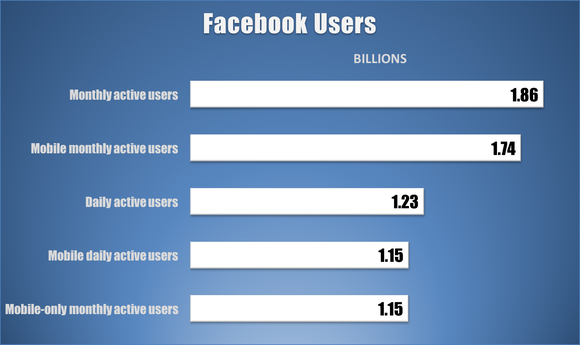

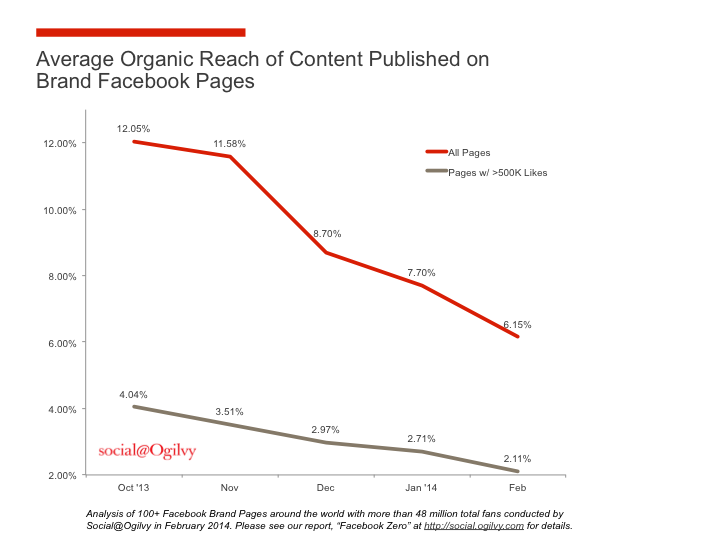
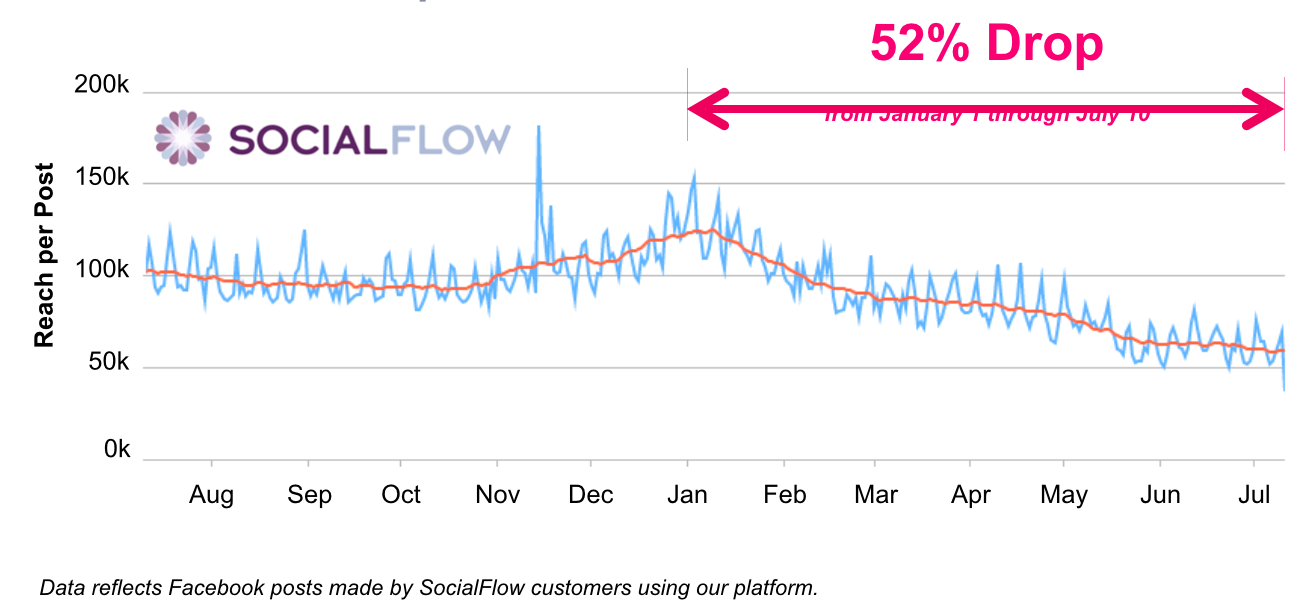
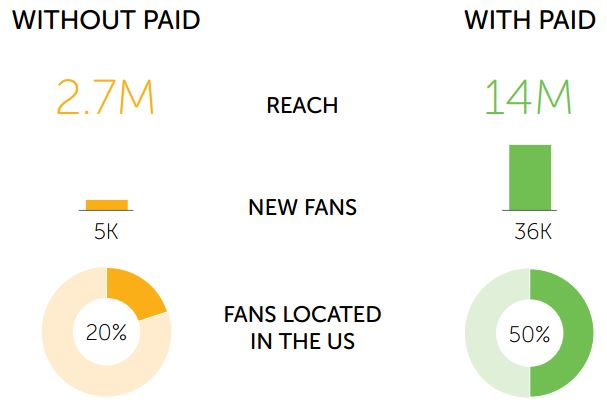
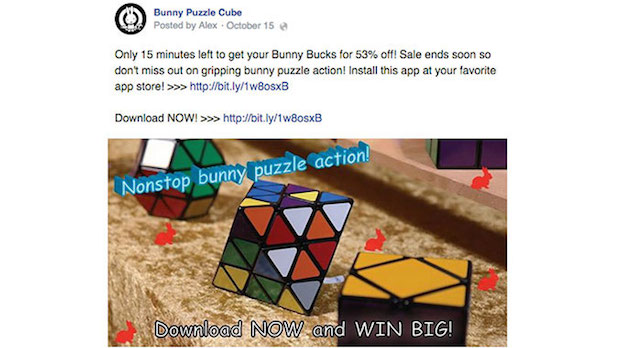
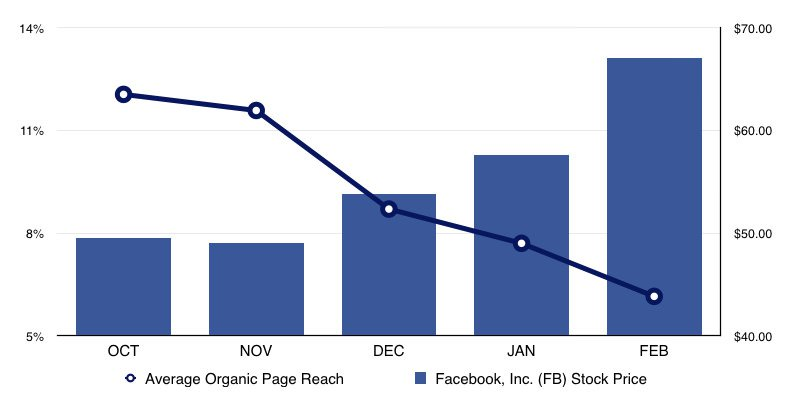
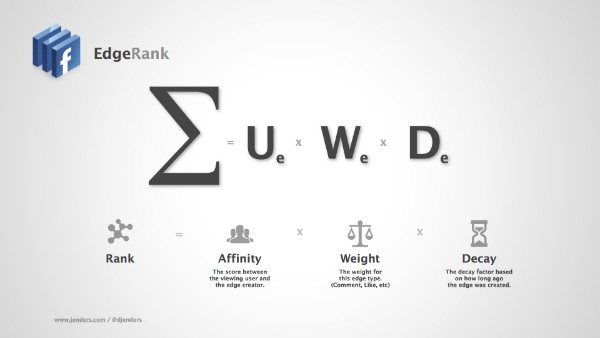


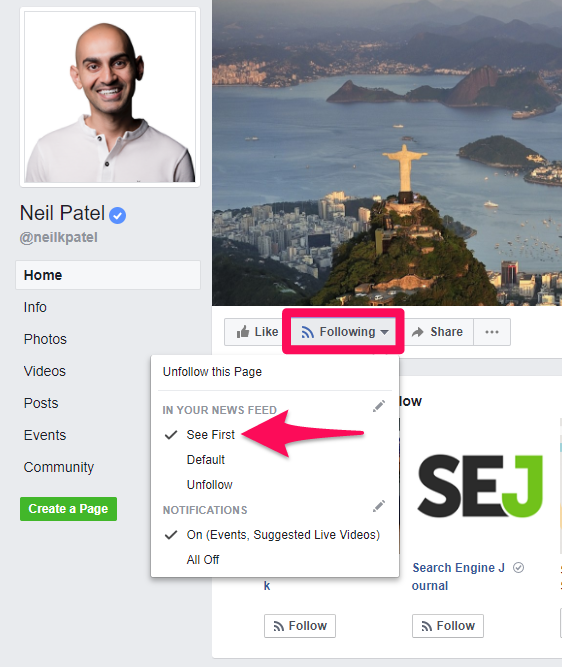
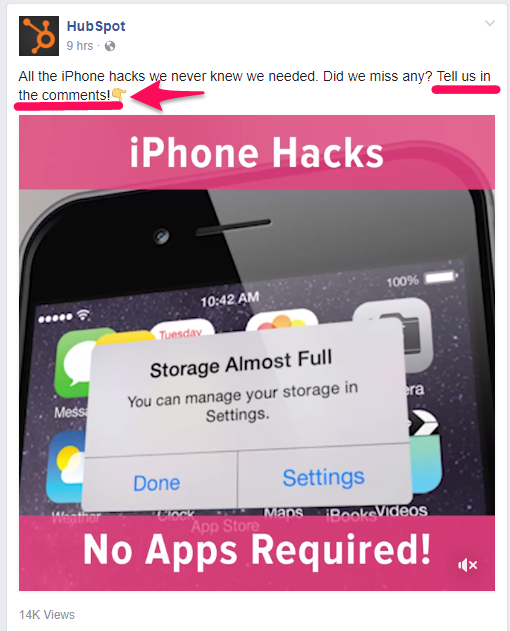


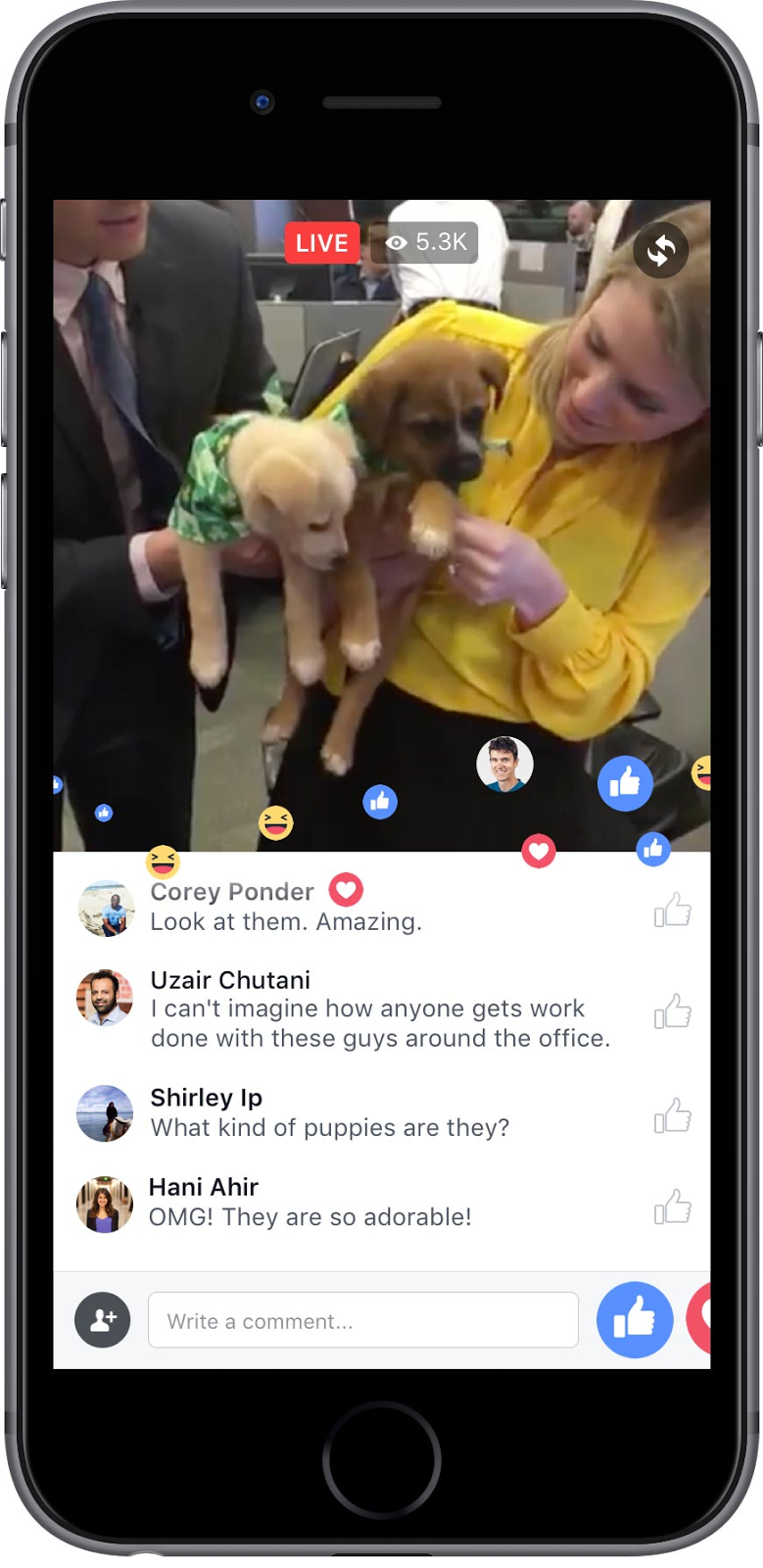
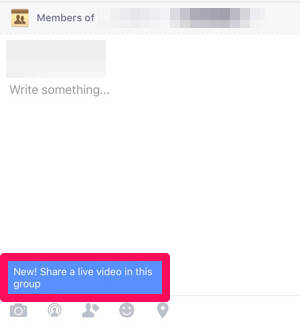
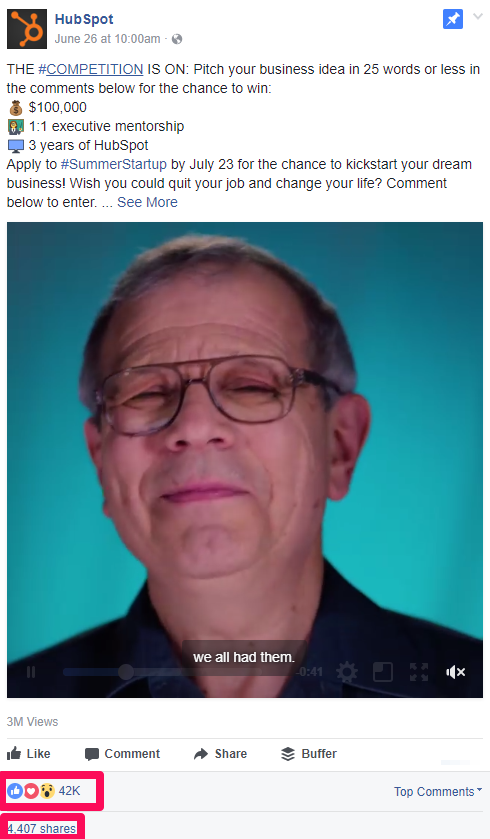
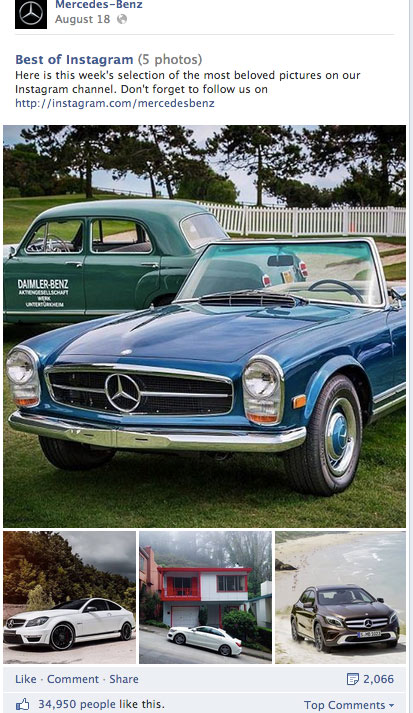
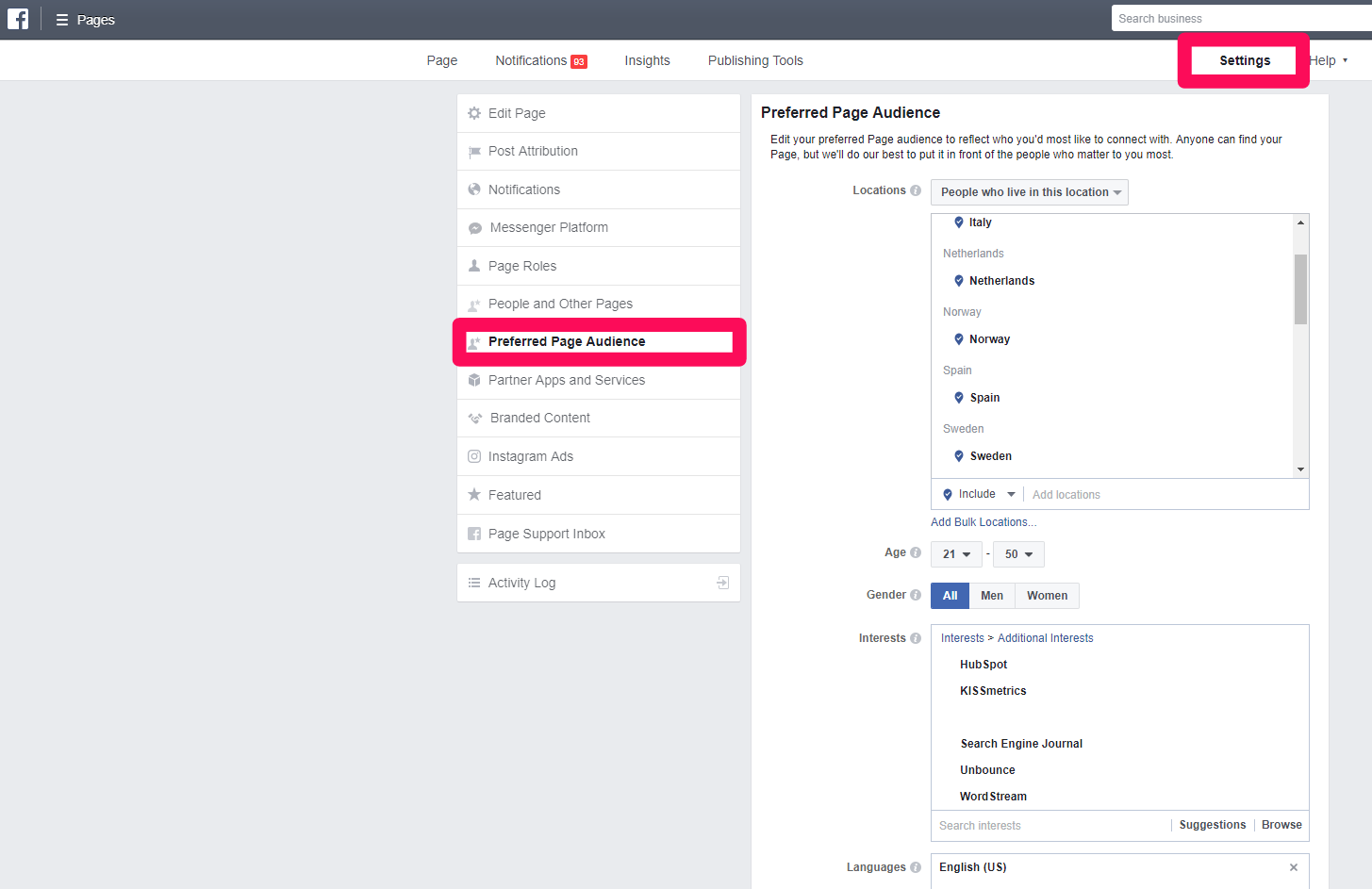
Comments (18)